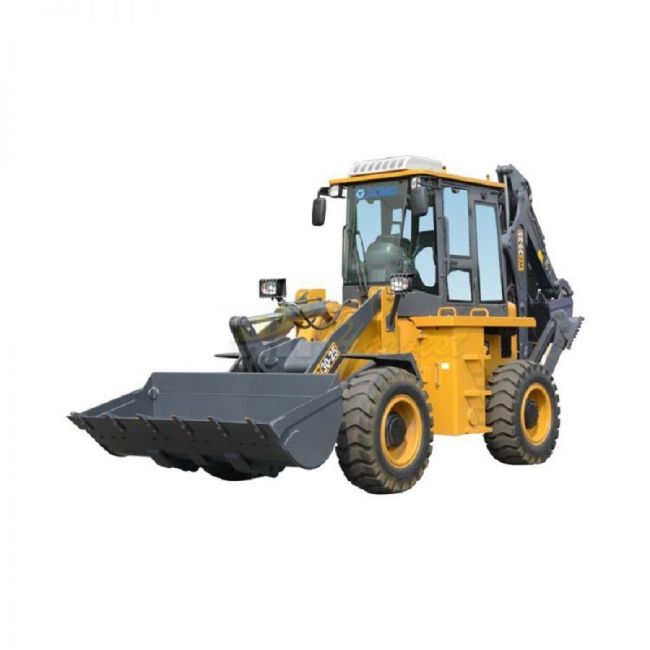Aug. 14, 2020
First, emergency treatment methods for the sudden brake failure of the loader during operation, driving, ramps, and curves;
1. The driver must strictly inspect the vehicle before leaving the vehicle and confirm that the technical performance indicators of the vehicle have reached the standard value before leaving the vehicle. The driver can perform predictive braking when the vehicle enters an uphill or downhill or a proper distance before entering a curve and should step on the brake regardless of the situation. It can not only check the braking performance but also gain time to control the speed of the car in the event of brake failure.
2. In the face of sudden failure of the vehicle's brakes, the driver must deal with it calmly, use the terrain and other available factors to slow down as much as possible and drive the vehicle to a flat place to stop immediately.
3. When the brake suddenly fails, the hand brake is preferred to stop.
4. When the hand brake is invalid, choose a spacious ground, put down the bucket, and use the friction between the bucket and the ground to force the vehicle to stop. It is strictly forbidden to use the bucket to dig the ground directly at a large angle. If the bucket directly hits the ground and the vehicle speed is high It may cause the vehicle to tip over.
5. If the above measures are invalid, the forward gear can be directly switched to the reverse gear and the throttle can be increased, and the reverse resistance of the engine and gearbox can be used to force the vehicle to stop quickly (but this method is only limited to emergency avoidance situations use).
6. The friction and collision of rocks, walls, buildings, and other objects can also be used to slow down and stop the vehicle, but people must be avoided.

Second, emergency treatment methods when the engine stalls suddenly during operation and driving of the loader;
1. The engine of the loader suddenly turns off during operation and driving, and the driver can quickly start the engine. If the engine fails to start, use the remaining air source of the vehicle to step on the brake for emergency braking, and choose a safe zone to stop and check.
2. If the brake air source is insufficient after the engine is turned off, the hand brake and the bucket can be used to rub the ground to achieve parking.
3. If the vehicle must be inspected and repaired on the ramp, wheel stop measures must be taken.
Third, emergency handling methods when the loader is operating, shoveling cables or touching electrical equipment and facilities;
1. When the loader shovels off the cable or touches the electrical equipment and facilities during the operation, the driver should be calm and calm, and the metal parts of the vehicle should be disconnected from the power source for the first time.
2. The driver should call or contact the ground personnel in the car, request the professional to deal with the power outage, and after confirming the power outage, drive the vehicle away from the electric shock location.
3. The driver is not allowed to get off the bus before the power failure is confirmed.
The information is provided by mini wheel loader manufacturer.
Tel: +86 370 5526 616
Mob: +86 155 6587 2525
E-mail: jessie@machinery-trucks.com
Skype: +86 155 6587 2525
WhatsApp: +86 155 6587 2525
QQ: 529613450
Add.: Room 2905, 29th Floor, Jin Boda Plaza, CBD, Yongcheng, Shangqiu, Henan, China
Copyright © Henan Harvest Machinery & Truck Co., Ltd. All Rights Reserved | Sitemap |